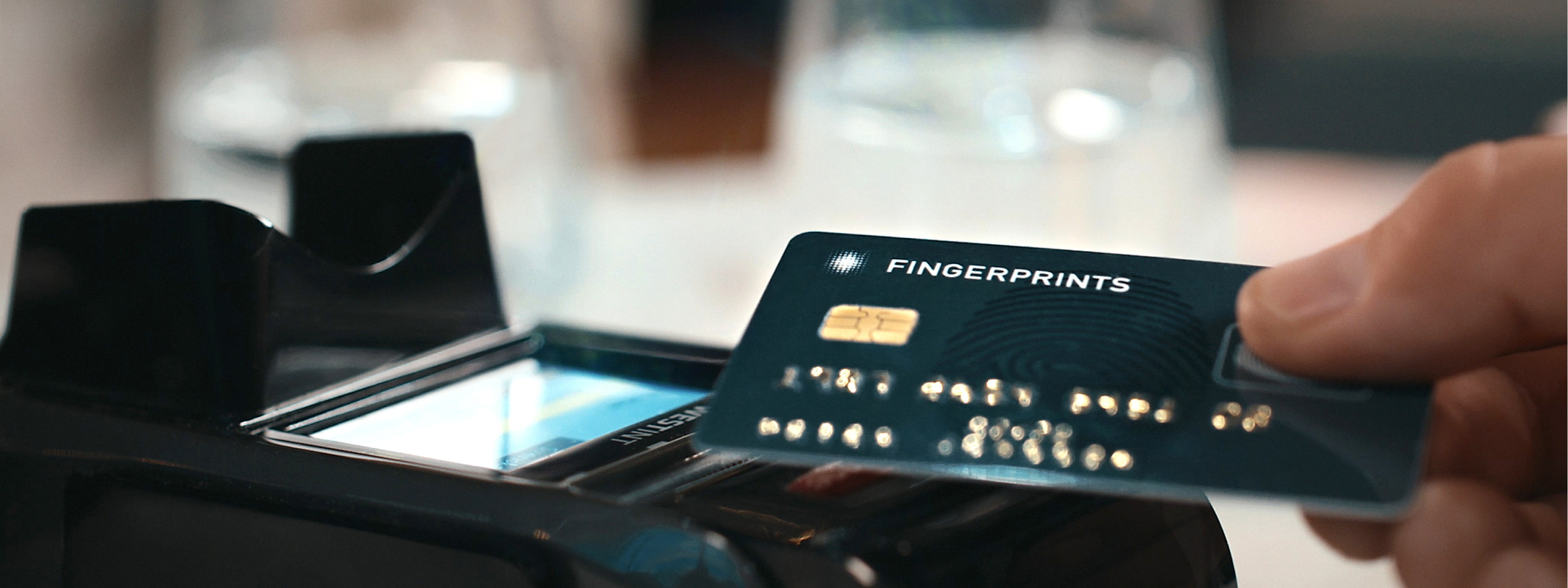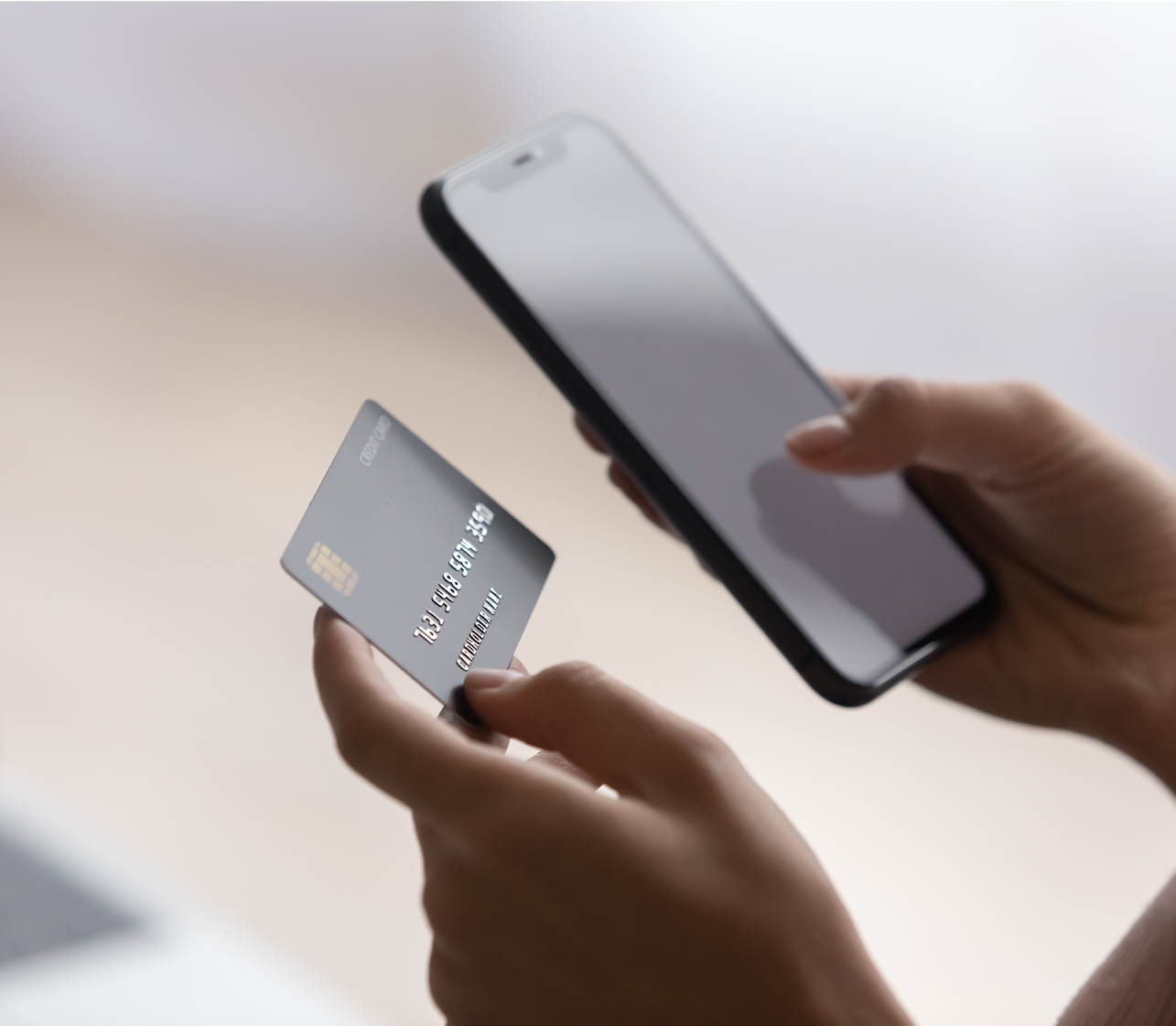With digital payments picking up steam around the world, it could be said that the future of the physical card is uncertain. The COVID-19 pandemic has accelerated the rate of digitalization, with new ways to make a touchless card payment – such as QR codes, mobile wallets and contactless payments – becoming widespread.
The role of the physical card, however, is still a key element of the cardholder experience, with some users preferring to use their physical cards whenever possible. With so many different consumer needs to meet, what should issuers be mindful of in today's changing payment environment?
Are digital payments leading the pack?
Data is emerging which shows digital payments are leading the way. One payment option that is growing in favor thanks to their speed and ease is digital wallets. This technology can be used to make online payments, transfer money to friends and to make contactless payments with your mobile. This is particularly true in the Asia Pacific area, where digital wallets are the most popular payment option for both e-commerce and point-of-sale (POS) transactions. In 2021, digital wallets represented 68.5% of regional e-commerce transaction value. This is predicted to expand to over 72% in 2025.
Likewise, mobile wallets – which are a specific type of digital wallet – have been gaining traction. Mobile wallets are the technology which enables consumers to make contactless payments with their mobile device rather than using a physical card at the POS. Global mobile wallet transaction volumes are set to hit 49 billion in 2023, representing 92% growth since 2021. One factor driving this growth is the increase in the contactless payment limit. This makes it even easier for consumers to tap to pay, reducing friction at checkout.
Don’t underestimate the importance of the physical card.
Despite the recent developments in digitalization, issuers must not forget the relevance of the physical card. The pandemic did not just impact the growth of digital payments, but it also increased the number of contactless payments made with physical cards. This has obvious hygiene benefits, and for some people, may be a novel experience.
While there is clear interest for digital, the physical card is here to stay – at least for now. In the US, 80% of iPhone users have activated Apple Pay, yet only 6% use the service. Despite 70% of US merchants accepting contactless payments in 2021, some consumers are still hesitant to give up the familiarity and convenience of their physical card. Trust could also be a factor hindering the widespread implementation of digital payments. Over the past few years, more consumers have reported that their perception of digital payments has deteriorated, rather than improved.

Can biometrics combine the best of both worlds?
Biometric cards have seen high levels of interest due to their security and usability. Interest in this technology has grown as biometrics look set to authenticate over $3 trillion of payment transactions in 2025, up from $404 billion in 2020. Providing the security of biometrics with the trust and familiarity of a physical card, they bring digital and physical together. The use of biometrics to authenticate the user of a card will allow issuers to raise the contactless limit and accommodate larger transactions. Going forward, cards or wallets which store cryptocurrency may also emerge, which could incorporate biometrics to increase security.
It seems undeniable that the digitalization of payments will continue. Payment initiation services will grow with the implementation of real-time payments and request-to-pay (RTP) solutions for account-to-account payments. However, issuers must strike a balance between security and convenience. For example, European issuers are concerned with meeting the strong customer authentication (SCA) regulation mandated by the Second Payment Services Directive (PSD2).
Nevertheless, enhanced security must not come at the expense of a seamless customer experience (CX), or cart abandonment rates will increase. In an omnichannel world, consumers expect to be able to pay how they want, and for it to be quick and easy on any device in the digital or physical world. Giving them the choice to use their preferred payment method is vital.
Therefore, issuers face the challenge of having to stay ahead of the curve when it comes to implementing new technologies. All while ensuring that transactions are trusted, reliable and secure. Fime can help issuers understand the latest technologies to fight disintermediation and offer consumers industry-leading innovative payment options. Learn how we can help you on our website.

